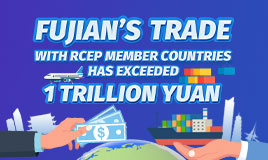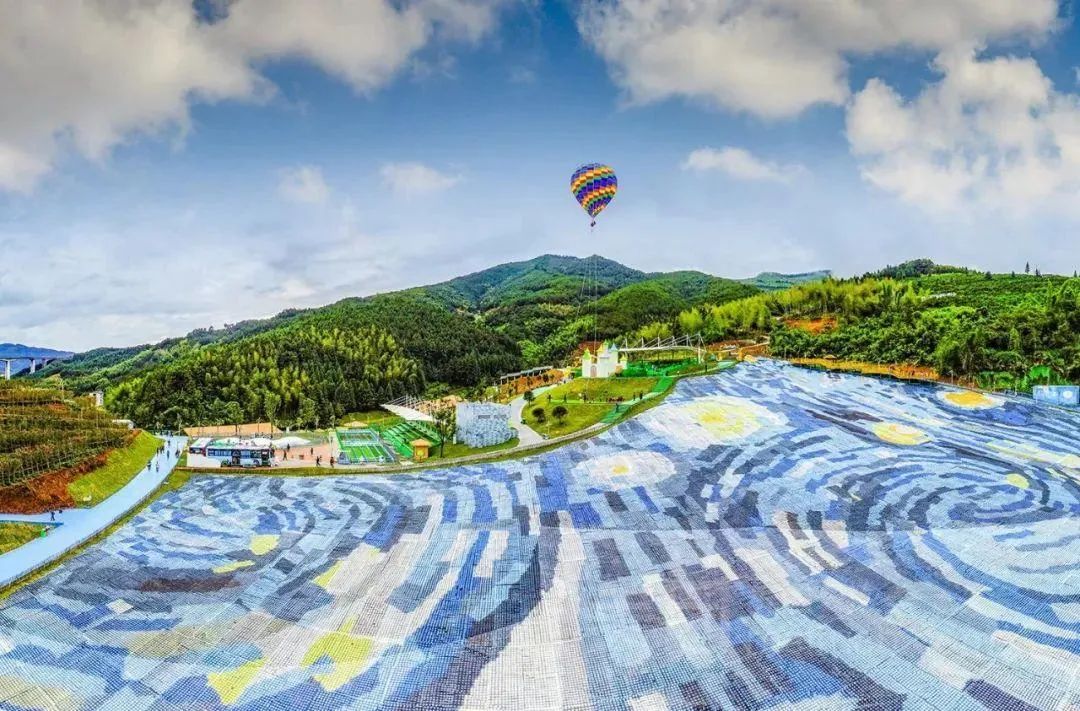Guideline serves as a culture shield
"However, many heritage sites have yet to be placed on the list, and there are still things happening that are causing damage to these sites," Huang said.
The guideline calls for across-the-board efforts to protect heritage sites, saying that blueprints must be devised at the national and provincial levels to usher in sound protection efforts.
Local authorities must lay out priorities, map out areas where artifacts are buried and roll out targeted measures to conserve relics and their surrounding environment, and parallel measures must be adopted in damage prevention and daily maintenance work.
The document stressed the importance of protecting historical settings, landscapes and environmental elements, such as ancient wells, bridges and trees, saying that buildings or landscapes that don't fit should be removed.
Wu Yujian, head of the Fuzhou Cultural Heritage Administration, said the strong emphasis placed by the Party and the central government on cultural heritage protection is evident in this latest guideline, as urban-rural development remains a key element in the overall protection of historical sites.
Fuzhou, the provincial capital of Fujian, which hosted the World Heritage Committee's 44th session this year, has long been lauded for its preservation of ancient neighborhoods such as Sanfang Qixiang, which may date back to the Tang Dynasty (618-907).
Wu said a key reason for the success of the city's preservation efforts is that cultural relic authorities play a greater role during the process of urban development, using modern technology to coordinate construction and archaeological research.
"It is equally important to establish a long-term mechanism for cultural heritage protection, ensuring that all immovable relics are registered and protected against construction," he said.
The guideline also puts forth stringent measures to prevent the demolition of heritage during urban development, forbidding the destruction of landforms, the cutting down of old trees, altering river systems or randomly changing the names of locations.




